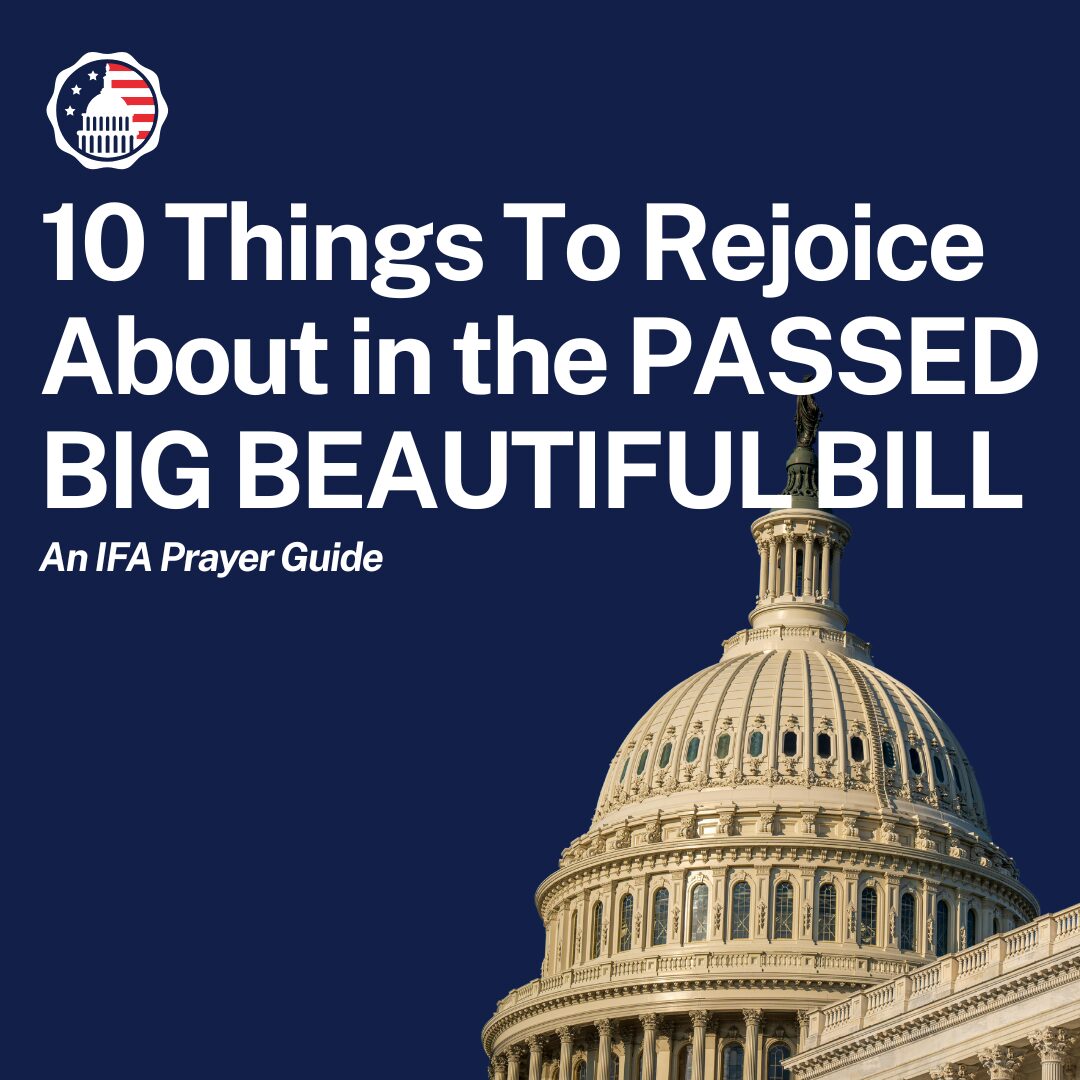WHAT IS THE SHOFAR?
BIBLE TO BE TENNESSEE’S OFFICIAL STATE BOOK
WHAT STONE IS IN YOUR PATH THIS EASTER SEASON?
LOOK WHAT GOD DID DURING THE IFA WEBCAST!
ORGANIZATION TEACHES PARENTS TO COMBAT ‘WOKE INDOCTRINATION’
WHAT IS THE SHOFAR?
Have you ever been driving along the highway when, seemingly out of nowhere, you hear the shrill sound of sirens? At first you are startled as the high-pitched sound seems to engulf you from almost every direction. Instinctively you try to locate the vehicles producing the loud, echoing sounds. At the same time, you begin to ease your car over to the side of the road, as the law requires. Finally you spot the vehicles responsible for all the ruckus and watch them as they speed to wherever the problem is located.
The sound of the siren may be annoying, but it is a necessary and effective attention-getting device. Today the wails of sirens in our cities seem much too commonplace, but when they sound, most people take them seriously and usually respond in dutiful and appropriate fashion.
Throughout Jewish history, we find a record of a particular sound that prompts a certain action, as the response to a siren. . . .
The source of this unique sound comes from the oldest wind instrument in the world. It is called a shofar. . .
The shofar is a ram’s horn. . .
The shofar is most often linked to the account in Genesis 22, in which Isaac was to be offered as a sacrifice. The Angel of the Lord interceded just as Abraham drew his knife to kill Isaac. In Isaac’s stead, a ram—caught in a thicket by his horns—was sacrificed. As one rabbi explained, we blow the shofar because “The Holy One, blessed be He, said, ‘Sound before me a ram’s horn so that I may remember on your behalf the binding of Isaac the son of Abraham and account it to you as if you had bound yourselves before me.’ ”
The Jewish Scriptures record numerous times on which the shofar sounded. . . .
Bible prophecy states that the sound of the shofar will be heard when the Messiah comes (Zech. 9:14), as it will when the Jewish people return to their land (Isa. 27:13).
Moving forward in history, the shofar continued to hold great significance for the Jewish people, even as it came to be used for other occasions. During the Middle Ages, it was sounded to announce deaths and to mark the beginning of the Sabbath. The shofar served as a reminder of God’s giving of the law at Sinai, the belief being that when Moses received the Ten Commandments the second time, he blew the ram’s horn to remind the people not to sin, as they had done when they built the golden calf. . . .
The shofar’s jubilant sound was heard in 1967 when Israeli paratroopers captured East Jerusalem and properly restored the capital of Israel. . . .
oday the shofar is sounded in Israel to inaugurate new presidents and prime ministers, reminiscent of the days when the nation had kings.
One of the sages of Israel listed ten reasons to sound the shofar today:
- To proclaim the sovereignty of God, because it was used at the coronation of kings.
- To herald the beginning of the Ten Days of Awe (the time between Rosh Hashanah and Yom Kippur).
- As a reminder of the giving of the law and the need for faithfulness.
- As a reminder of the prophets who loudly sounded their voices to a world that needed to hear.
- As a reminder of the destruction of the Temple.
- As a reminder of the Akedah (substitute for Isaac).
- To inspire awe.
- As a summons to the heavenly court on the Day of Judgment.
- As a call to the Jewish remnant to come home.
- As a reminder of the resurrection. . . .
According to the Talmud, rams horns are the horns of choice, but the horns of almost any other kosher animal can be used, including sheep, goats, antelopes, and gazelles. Only cow and calf horns are forbidden, due to the incident described in Exodus 32, when the children of Israel fashioned a golden calf. . . .
Three sounds are basic to the blowing of the shofar. Tekiah is a short blast that ends abruptly. This is described (though not by name) in Numbers 10:5–8, as is the second type, teruah, which consists of nine staccato blasts. Shevarim is three short blasts. One long, sustained sound is called tekiah gedolah, or the great tekiah. On Rosh Hashanah, the sounds are called out in a particular order: Tekiah—shevarim—teruah—tekiah—tekiah—shevarim—tekiah—tekiah—teruah—tekiah gedolah. . . .
Two blessings are recited over the blowing of the shofar. The first is said as a reminder of the command to hear the sound, and the second is to thank God for being present at the time of the blowing.
The greatest sounding of the shofar is yet to come, “at the last trump; for the trumpet shall sound, and the dead shall be raised incorruptible, and we shall be changed” (1 Cor. 15:52). The shofar will blast as the Messiah Jesus calls His saints (the church) to meet Him in the air. For us, as believers, it won’t be the shrill warning of the siren, but the call to go and be with our Lord forevermore.
What did you learn about the shofar from this article? Share in the comments below. . .
(Excerpt from Israel My Glory. Article by Steve Herzig. Photo by Joe Raedle/Getty Images)
Partner with Us
Intercessors for America is the trusted resource for millions of people across the United States committed to praying for our nation. If you have benefited from IFA's resources and community, please consider joining us as a monthly support partner. As a 501(c)3 organization, it's through your support that all this possible.


We use cookies to ensure that we give you the best experience on our website. If you continue to use this site we will assume that you are happy with it. Privacy Policy





Comments
Over the last year, I have just begun to learn of the importance and significance of the Shofar. Thank you for this enlightening article.